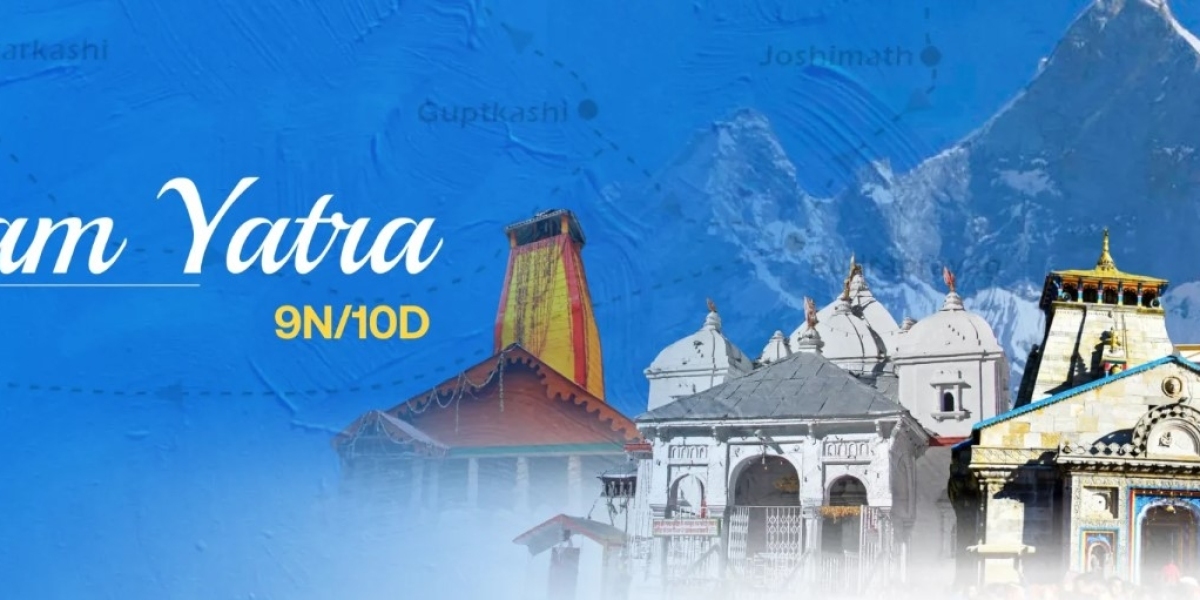Breaking Down the Budget:
The total cost of your Chardham Yatra by car will depend on several factors, including travel style, duration of stay, chosen accommodation, and additional activities. Here's a breakdown of the key expense categories to consider:
Transportation:
Car Rental: The cost of car rental varies depending on the car type, duration, and season. Expect to pay anywhere from ₹5,000 to ₹10,000 per day for a comfortable SUV or ₹3,000 to ₹5,000 per day for a hatchback. Consider hiring a car with a driver, which could cost an additional ₹1,500 to ₹2,000 per day.
Fuel: The distance covered during the Chardham Yatra is approximately 1200 km. Factor in fuel costs based on your car's mileage and current fuel prices. Be prepared for potential fluctuations in fuel prices, especially in remote locations.
Tolls: Several toll booths are situated along the route. Research the approximate toll charges beforehand to avoid surprises.
Accommodation:
Hotels and Guest Houses: Accommodation options range from budget guesthouses to comfortable hotels. Prices vary depending on location, season, and amenities. Expect to pay anywhere from ₹1,000 to ₹5,000 per night for a double room. Booking in advance, especially during peak season (May-June and September-October), is highly recommended.
Dharamshalas: Simple yet affordable pilgrim accommodation (dharamshalas) are available near most temples. These offer basic amenities but can be a budget-friendly option.
Food:
Restaurants: Restaurants along the route offer a variety of vegetarian options. Expect to pay around ₹200 to ₹500 per person for a meal. Carrying snacks and water can help manage food costs.
Street Food: Sample the local cuisine from street vendors for a more economical option. Ensure hygiene and choose reputable vendors.
Temple Offerings (Puja):
- Donations: Temple offerings (puja) are voluntary contributions. Carry small denominations for ease of donation. Consider budgeting a specific amount for puja expenses throughout the Yatra.
Permits and Miscellaneous Expenses:
Permits: Special permits for restricted areas like Kedarnath are mandatory and incur a fee. Research permit costs beforehand and factor them into your budget.
Parking: Parking fees might be applicable in some locations. Carry some loose change for unexpected parking charges.
Porter Services: Porters can be hired to assist with luggage during treks. Negotiate rates beforehand and agree on a fixed price.
Additional Activities:
Horse/Doli Rides: Horse or Doli rides are options for reaching Yamunotri and Gangotri temples if you prefer not to trek. Factor in these costs when planning your budget.
Souvenirs: Budget a small amount for purchasing souvenirs as mementos of your pilgrimage.
Saving Strategies for a Cost-Effective Yatra:
Travel During Off-Season: Consider undertaking the Yatra during the shoulder seasons (April-May or September-October) to avoid peak season prices for accommodation and car rentals.
Group Travel: Traveling with a group allows you to share car rental and accommodation costs, making the trip more affordable.
Utilize Dharamshalas: While not as luxurious, opting for dharamshalas can significantly reduce your accommodation expenses.
Carry Snacks and Water: Pack basic snacks and refillable water bottles to minimize reliance on restaurants and stay hydrated throughout the journey.
Negotiate When Possible: Negotiate reasonably with vendors for services like porter charges or horse rides.
Plan Your Meals: Research restaurants or dhabas along the route offering good value for money. Consider self-catering simple meals if feasible.
Travel Responsibly: Minimize waste and avoid unnecessary purchases to keep your expenses in check.
Investing in an Experience of a Lifetime:
The Chardham Yatra by car from haridwar is more than just a sightseeing trip; it's a spiritual journey that fosters self-discovery and connection with the divine. While budgeting is crucial, remember that the true value of this experience lies beyond monetary costs.
Beyond the Budget: Priceless Gains
Spiritual Enrichment: The Yatra allows you to seek blessings at revered temples, experience the serenity of the Himalayas, and deepen your spiritual connection.
Unforgettable Memories: The breathtaking landscapes, cultural encounters, and personal challenges overcome will create lasting memories.
Inner Strength and Resilience: Navigating the mountainous terrain and adapting to different environments builds inner strength and resilience.
Cultural Immersion: Interact with local communities, experience their way of life, and gain a deeper appreciation for the rich Himalayan culture.
Renewed Perspective: The journey provides an opportunity to disconnect from daily life, reflect on your inner self, and return with a renewed perspective.
The Final Tally: A Fulfilling Journey
By carefully planning your budget and utilizing cost-saving strategies, you can embark on a Chardham Yatra by car that is both spiritually enriching and financially manageable. Remember, the true value of this pilgrimage lies in the transformative experiences it offers. The memories you create, the inner peace you find, and the connection you forge with the divine are priceless treasures that will stay with you long after the journey concludes.









